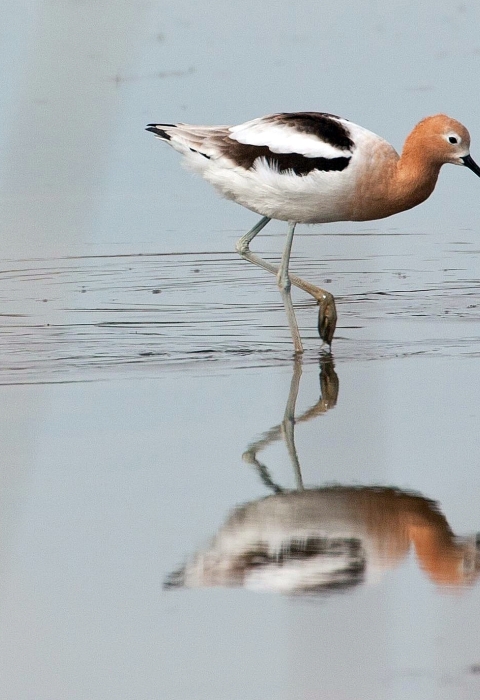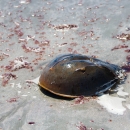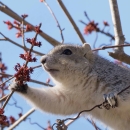Situated along the marshes of the western Delaware Bay, Prime Hook National Wildlife Refuge protects more than 10,000 acres of valuable habitat for wildlife of all kinds. Roughly 80% of the refuge is a mix of fresh and saltwater wetlands stretching from Slaughter Beach in the north to the Broadkill River in the south.
Visit Us
National wildlife refuges offer us all a chance to unplug from the stresses of daily life and reconnect with our natural surroundings. Prime Hook, east of Washington DC, is a globally renowned place for nature photography and birding. There are several ways to enjoy the refuge. You can explore displays at the visitor center, where volunteers will answer questions. You can drive the four county roads that bisect the refuge’s marshes, or walk on the 7.5 miles of hiking trails of varying distances and degrees of difficulty. The refuge’s annual Horseshoe Crab Festival each May is an outdoor recreation highlight of spring in Delaware.
Location and Contact Information
Our Species
The refuge was created to safeguard and enhance the pristine wildlife habitat of coastal Delaware, to protect threatened and endangered species, and to provide feeding, nesting, and roosting areas for migratory birds. Today, the refuge provides important habitat to over 245 species of birds.
Get Involved
Whether you want to further conservation, learn more about nature or share your love of the outdoors, you’ve come to the right place. National wildlife refuges provide many opportunities for you to help your community and fish and wildlife by doing what you love.
National wildlife refuges partner with volunteers, youth groups, landowners, neighbors and residents of urban and coastal communities to make a lasting difference.
Find out how you can help make American lands healthier and communities stronger while doing something personally satisfying.
Volunteers: Gain new experiences and meet new people while helping to advance wildlife conservation.
Friends: Join neighbors in helping refuges restore habitat and expand access to green space.
Landowners: Learn how you can partner with the Fish and Wildlife Service to voluntarily restore land.
Local Groups: Find out how communities can work with refuges better for wildlife and people.
Youth: Explore paid and unpaid opportunities to learn and develop leadership skills."
Projects and Research
Wildlife conservation is at the heart of the National Wildlife Refuge System. It drives everything on U.S. Fish and Wildlife Service lands and waters managed within the Refuge System, from the purposes for which a national wildlife refuge national wildlife refuge
A national wildlife refuge is typically a contiguous area of land and water managed by the U.S. Fish and Wildlife Service for the conservation and, where appropriate, restoration of fish, wildlife and plant resources and their habitats for the benefit of present and future generations of Americans.
Learn more about national wildlife refuge is established to the recreational activities offered to the resource management tools used. Using conservation best practices, the Refuge System manages Service lands and waters to help ensure the survival of native wildlife species.


